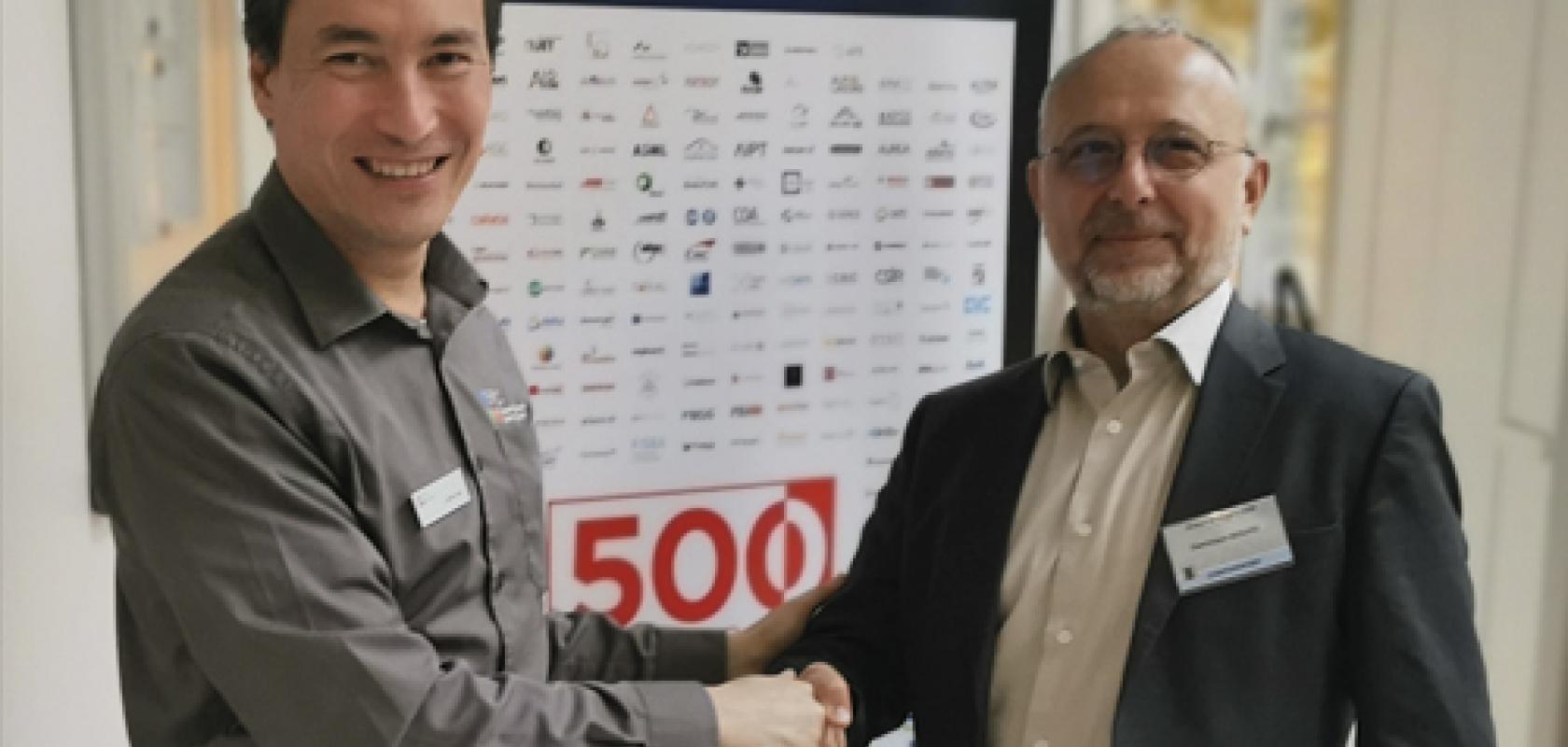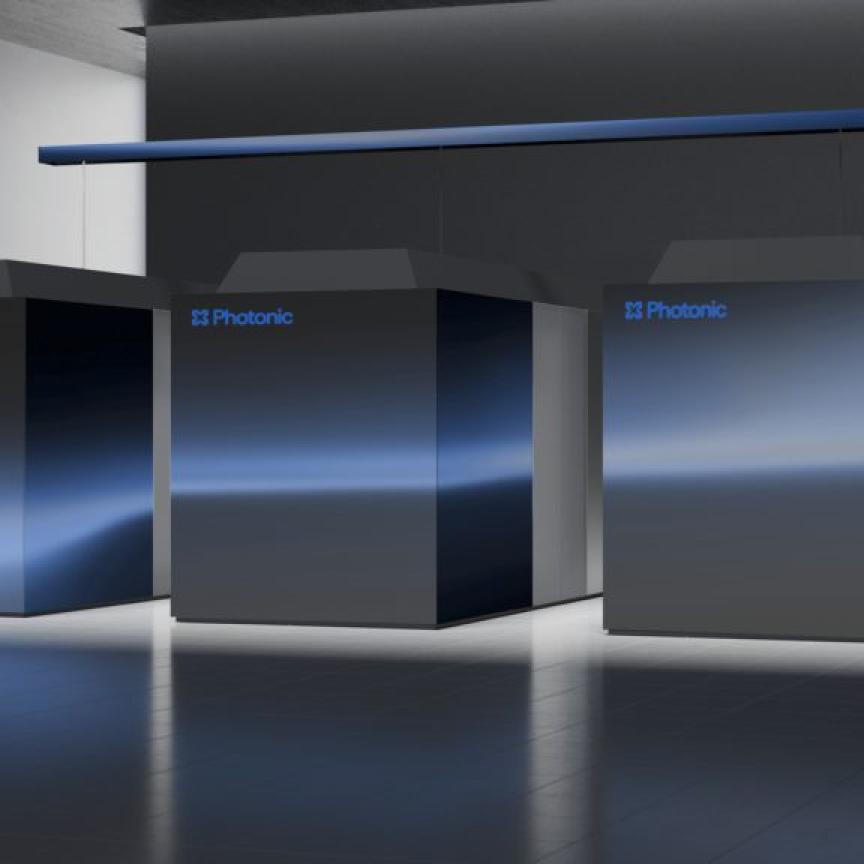EPIC director general Carlos Lee talks with Dominique Bérard, executive VP of Laser Systems and Solutions of Europe (Lasse)
What is your background?
After a BSc/MSc in electronics and automation with a focus on integrated devices and semiconductors studies, I did a PhD in opto-electronics. After my PhD, I joined Microcontrol – a small company making optical and metrology equipment and then for a brief period I worked on imaging systems. Then, in 1999, I was headhunted by KLA-Tencor to work on defect inspection systems and the development and management of applications.
In 2003, following a downturn in the semiconductor industry, I joined Sopra, a small, French optics company, as general manager of its laser division. At that time, Sopra was using laser technology for annealing flat panel displays, but they didn’t have the strategy or the drive to really make something out of the technology. With my background, an obvious strategy was to develop laser annealing equipment for production of advanced semiconductor devices. We sold a prototype to Infineon Technology, and although we could see a reasonable potential market for the technology, SOPRA was unwilling to come up with the investment to fund and develop the business.
So, to cut a long story short, Sopra’s owners spun-off the business and in 2007, I founded Excico as CEO with six engineers/scientists from Sopra with the aim of developing laser annealing equipment for the semiconductor industry.
How did you find investment?
We were lucky to find a good investor pool from Belgium, which was connected with imec and could give us good technical advice. We were also helped by Infineon which made a commitment to purchase from us to help us move ahead. In the end, we raised €5m based on two investments of €2.5m, followed by a second round of capital two years later from the same investors.
The company took off pretty quickly because we had done some market research and were able to capture the market of backside CMOS imagers. TSMC was our first important customer because at that time, the only backside imagers available were the 5M pixels ones designed for mobile phones. Fairly quickly after TSMC, we got Samsung, but further expansion was hampered by the fact that at that time, we needed nine months to build the equipment on order, which then had to be shipped and installed. But we made progress, growing from a workforce of six in 2007 to 110 in 2012 with a strong partner in Taiwan, a subsidiary in Korea and a representative office in Japan.
How was Lasse created?
During this time, we worked on new applications, but always in the semiconductor industry, which is a very demanding market. So, we began to do R&D and look for new markets segments: although our technology was applicable to other fields such as solar, the business scenario was not conducive as venturing into new markets would require substantial investment.
In 2011, we were made an offer for the company, but our investors were happy with our success and didn’t want to sell. On the other hand, they didn’t want to provide the required funding to get the company to the next level and access a bigger market segment. So we basically had to choose between supporting our existing customers and developing new markets. In the end, we decided we had to develop the new markets and to achieve this, the only solution would be to push out the investors and get acquired by a big player. Accordingly, in 2014, we were acquired by Screen Semiconductor Solutions, a Japan-based manufacturer of semiconductor equipment, one of the top players in this industry. This was the creation of Lasse.
What are the future challenges?
Screen’s president, at the time of the acquisition, was a visionary and was very involved in the company. He had a vision for growing Screen but unfortunately, couldn’t achieve it and left. Today Lasse has become a subsidiary of Screen and is not seen as a valuable element in the development of the Screen Group.
We now have one big platform which is the second generation from our original technology. We’ve made substantial improvements and innovations. Although we’re now developing new products to expand, one of the challenges with our disruptive technologies is to get laser suppliers to provide lasers tailored to our specific process needs. With machining it’s much easier, but for processing moreover with a non-linear processes it’s far more complex.
What are your thoughts on being an entrepreneur and a CEO?
Setting up companies was not that difficult because I had some previous experience in participating in small business creation. Additionally, my time in the US gave me a lot of business experience and working at KLA-Tencor was particularly enriching because it is an excellent company which is a true tech company while very business oriented. I also had the opportunity to do an executive MBA.
When I started Excico, I was the only one with business experience in the team, so I took on the role of pitching the company project to investors because we identified that securing venture capital was the only way to develop this business, cover the initial costs and to put the technology on the market. Having the right investors with connections to the business is crucial for building a network of contacts, helping you to put your technology on the market, and make people realise what you can bring them.
What advice do you have for the next generation of entrepreneurs?
Any time you get offered an opportunity, you should take it. You can never predict success or failure, but if you don’t grab opportunities, you may have regrets.
The world is changing so fast so you’ll have many opportunities: make sure you choose the one you feel most comfortable with and have fun. For sure don’t go with something boring!


